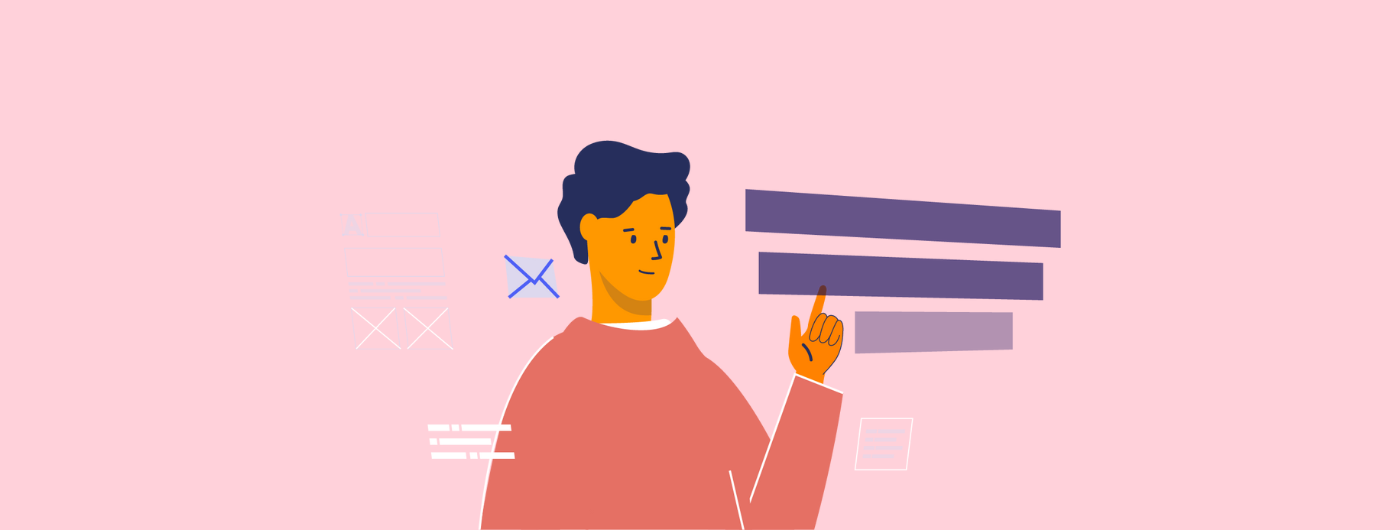The news that Google’s Reader is about to have its social features retired caught many not decrying the neutering of a valid service, but asking “What’s Google Reader?” A feed aggregator introduced in 2005 when Facebook was only available on university campuses and Twitter was a twinkle in Jack Dorsey’s eye, Google Reader picked up a (small) number of dedicated users, primarily writers and news junkies who became addicted to the ability to combine all their favorite blogs and news sites into subscriptions to quickly scan through the latest releases. The Share button at the bottom of each post allowed Reader users to share items of interest publicly or to restrict access with sharing groups.
If the last phrase struck a chord, it can be confirmed that it is true: Back in the stone axe days of social networking, Google Reader was already embracing the sharing segregation strategies that it incorporated eons later in Google+ Circles.
Critical Mass or Critical Condition?
When Bill Clinton was running for president, strategist James Carville hung a sign in campaign headquarters that read “It’s the economy, stupid.” If Carville worked in the Googleplex the sign might read “It’s the critical mass, stupid.” Google+ users have now reached 40 million, or at least it’s safe to say that 40 million people were driven into a frenzy by the initial unobtainium of the invitations to join Google+. They had enough time to take a look around, wonder where everybody was, and then leave never to return. Demonstrating that it isn’t just RIM, Netflix and AMD who have the Reverse Midas Touch, Google+ still doesn’t have any business pages. With traffic falling by two thirds and still plummeting, it seems that on the way to critical mass, Google+ seems to have lapsed into critical condition.
It’s the Preview, Dense!
While Google+ flounders, Google announced that Gmail was getting a redesign so that it would more neatly fit into the current Google aesthetic. The themes tab in Gmail Settings now has two settings for Preview and Preview – Dense (no correlation to Carville’s exhortation), which are present to eventually allow the dynamic expansion of the interface to suit not only the user’s preferences but varying screen sizes as well.
Over 5 Years in Beta
Even the Official Gmail Blog stated that the new interface has “a few rough edges,” admitting that some Labs features “look a little strange in the new themes,” but they plan to fix them as they go. Google has a habit of moving glacially on the provision of new services. Gmail was an invitation-only beta (ring a bell?) release on April Fool’s Day of 2004, which didn’t graduate to release status until five years and three months later. Although there is no doubt that Gmail turned out to be a rousing success, the jury is still out on Google+, which makes faithful Reader users even more nervous. Should the new social network go the way of Buzz, their favorite aggregator could be left in Googlelimbo.
The Big Black Bar Was Rumored to Be a Mourning Armband
The big black bar that suddenly appeared at the top of all Google pages a while back was rumored to be a mourning armband for Google’s social media policies, but it turns out that hope still springs eternal in Mountain View, California. It cannot be denied that Google has crafted a unique and comprehensive social network infrastructure. Even though some features such as sharing to a sub-circle separately from its larger circle require a Ph.D. in Googleology to master, Google+ is an extremely capable and sophisticated social network that incorporates the innovation and seamless integration to send Mark Zuckerberg’s creation back to the depths of Harvard from whence it came.
Google is marching at its own pace inexorably towards the future, albeit on a quirky path that does not guarantee its domination of every online activity. Anti-monopolists can rejoice in that fact as it seems the only individuals capable of stopping Google from taking over the world are on the Google board.

![[外貿干貨] 想讓客戶回信?先別談產品,用這50句「看見他」的話打開局面](https://www.benchmarkemail.com/tw/wp-content/uploads/sites/8/2025/06/1.15配图2.webp)
